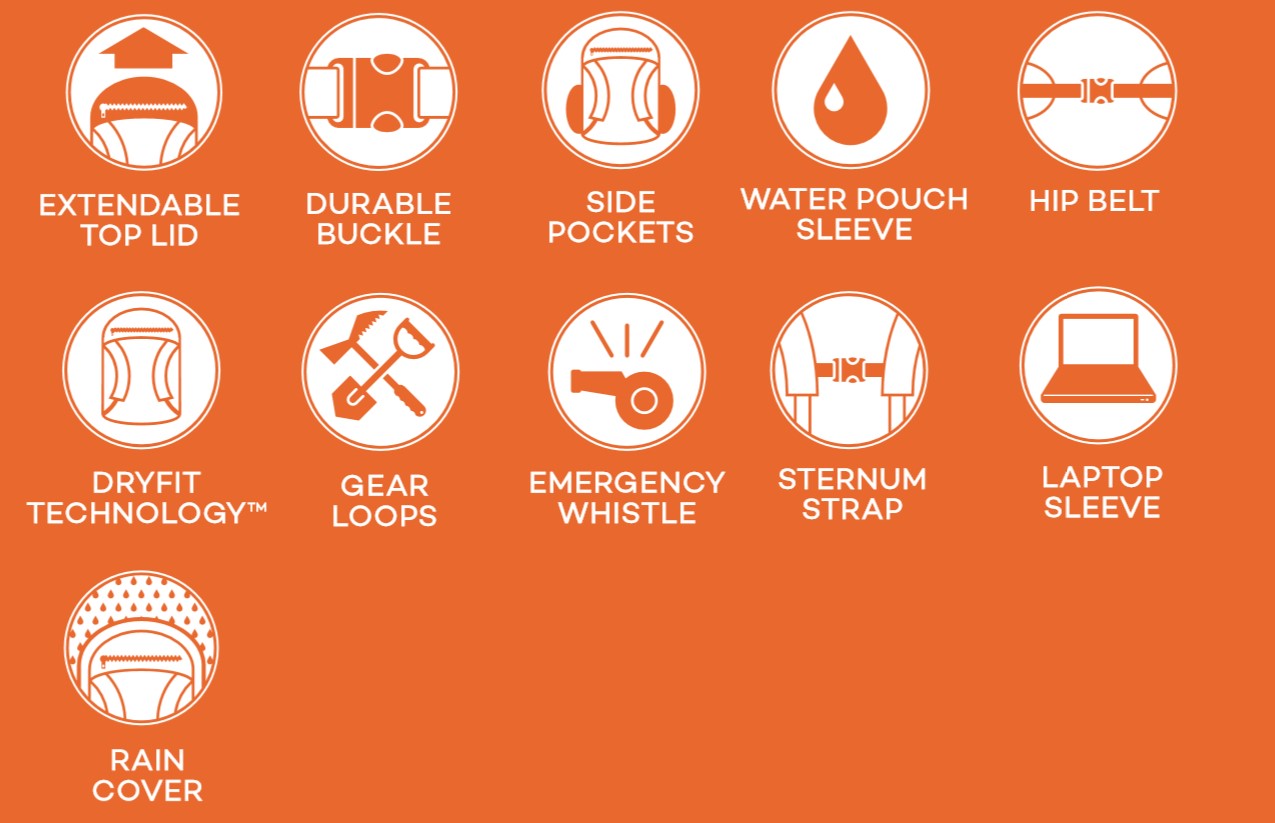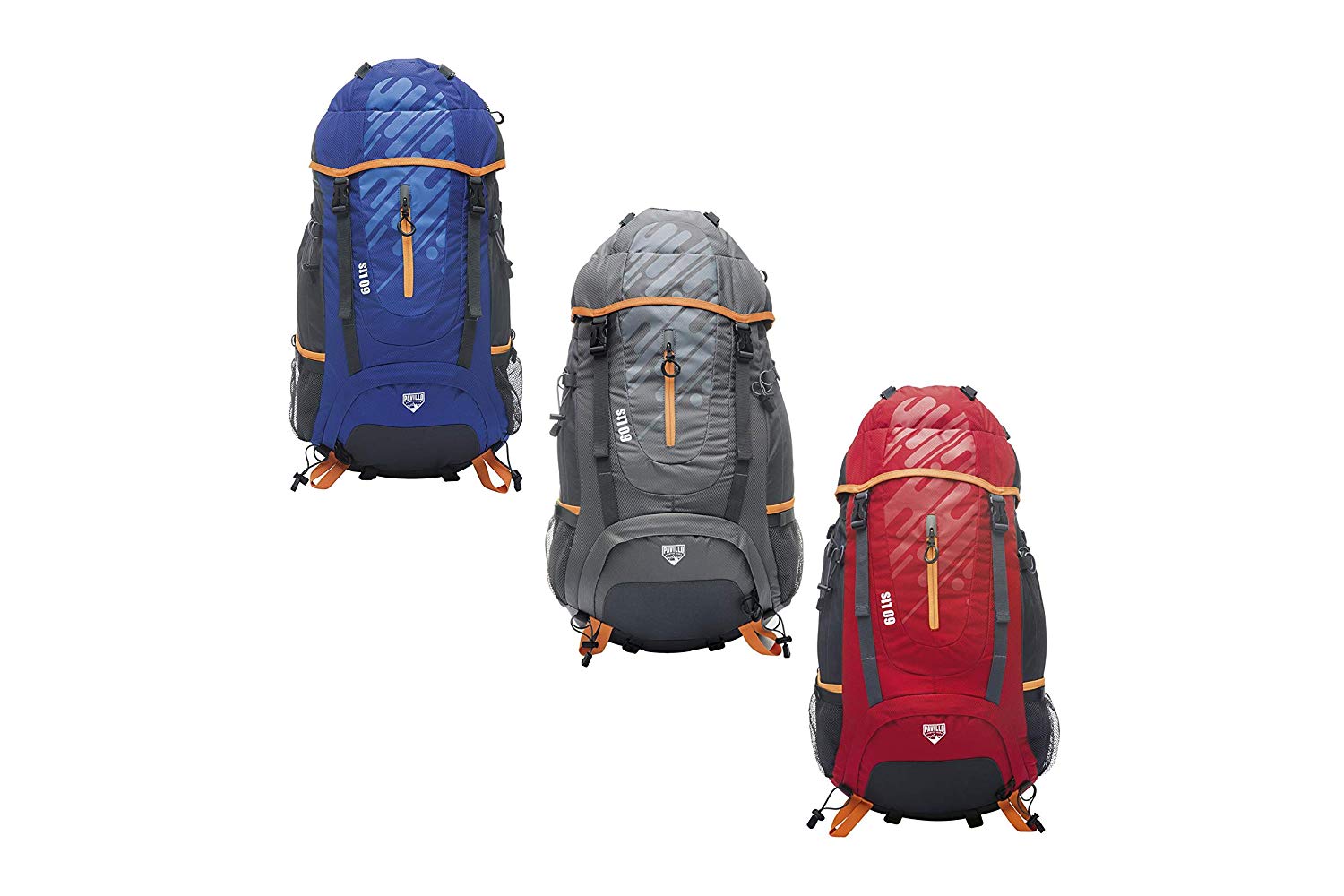There is no one size fits all when it comes to backpacks. Experienced hikers and backpackers will tell you just how important it is to select the right backpack for you. The backpack is one of the most essential parts of the adventurer’s tool kit. Whether you’re enjoying a long day hike, exploring new countries, or conquering tough terrain, you need a pack that fits your body type and carries heavy loads efficiently and comfortably. This also applies if you are just using your backpack for everyday activities.
Here are some tips on how to choose the right backpack.
1. Choose your backpack based on the type of activity you are going to be doing


First and most important thing, list out all the gear you will be carrying with you. This usually helps in picking the right sized backpack for your activity. For example, if you are just going for a day hike, you would most likely be carrying bottles of water/hydration bladder, maybe some extra layers of clothing, some snacks and depending on the weather maybe some wet weather gear. For something like this, you won’t be needing a 60L backpack, you would be able to comfortable fit all of this in a 45L backpack/day pack.
You may also notice that backpacks come with recommended uses. This also helps you pick the best backpack for your activity.
Pro tip: Our Arctic Hiking 45L Backpacks are ideal for camping, hiking or everyday use. Check them out here.
2. Focus on the backpack features


It’s important to look the features that your backpack comes with. We will list out some of the important ones to look out for:
- Frame Type: There is an internal frame which is designed to keep you stable on uneven terrain. The external frame is usually what supports the load. Aluminium is the most common external frame material. There are also backpacks which are frameless which make them very light
- Ventilation: Most backpacks will have a mesh back panel to allow for ventilation and combat back sweat. Some backpacks may instead come with ventilation channels in the back panel instead of an actual mesh
- Pockets: Main pockets that you want on your backpack are elasticised side pockets, hipbelt pockets and external zip pockets.
- Rain Cover: Some backpacks come with built in rain covers, this is super handy when you get caught in bad weather.
- Hydration Reservoir: Nearly all packs offer an internal sleeve that holds a hydration reservoir (almost always sold separately), plus one or two portals for the tube
- Gear Loops: Gear loops on the hip belt or low on the pack body are very useful for clipping extra gear
Pro tip: Our Ultra Trek 60L Backpacks come with great features. Check them out here.
3. Try the backpack on for weight and feel


This may not always be possible, but if you can, you should try the backpack on for size and feel. Adjust the straps, put some gear in it to really get a feel for how you feel with the pack on. Make sure that the frame and straps are comfortable on your back.
Pro tip: We offer a change of mind return on all our products. You can easily try on one of our backpacks for form and comfort and if it doesn’t work out get in touch with us for a change of mind return within 30 days!
4. Make sure you check the weight of the actual bag itself


This is probably one of the most overlooked points when purchasing a backpack. Whether this is for everyday use or going for trekking/hiking. It is important that you check the weight of the bag itself because you don’t want the bag weighing you down. Plus, sometimes backpacks come with lots of support frames and side frames, but they all add weight to the overall backpack.
Pro tip: We have backpacks as light as 500 grams! Check them out here.


